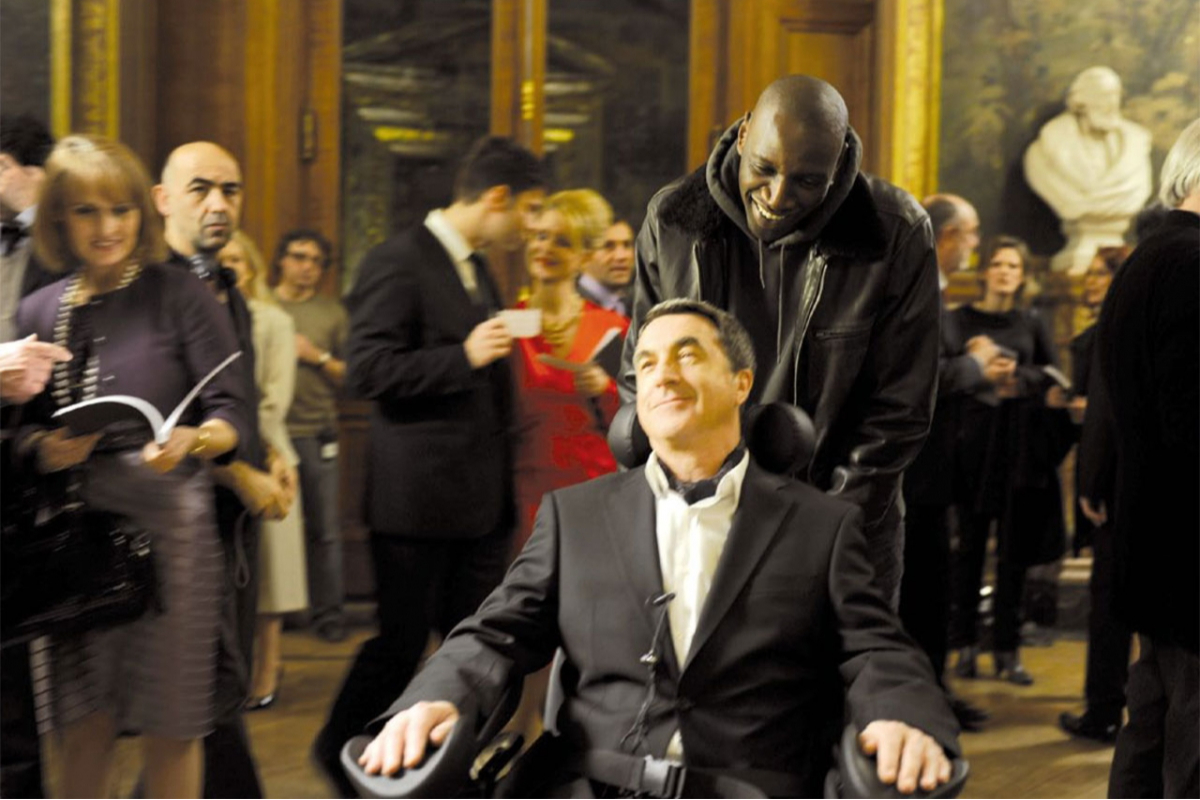
“I have cognitive dissonance,” we hear whenever there is a description of the discrepancy between expectations and reality. This term has become so widely used that not everyone thinks about its true meaning. Let's figure it out.

- What is cognitive dissonance
- Theory
- Why does it arise?
- Examples
- How to overcome
What is cognitive dissonance
Cognitive dissonance is an internal conflict that occurs in a person when contradictory beliefs collide. This dissonance causes a feeling of tension; a person experiences unpleasant emotions: anxiety, anger, shame, guilt – and will try to get rid of discomfort in different ways. The concept of “cognitive dissonance” came to us from social psychology.
Cognitive dissonance theory
The concept of cognitive dissonance was first introduced by social psychologist Leon Festinger. He suggested that people will experience emotional discomfort when they hold contradictory beliefs. In his study of belief in rumors, Festinger concluded that people always strive for internal balance between personal motives that determine their behavior and information received from outside. Festinger's theory describes how people try to rationally justify their behavior. Dissonance occurs when a person is simultaneously confronted with two incompatible but equally significant judgments – cognitions. What is it? Sometimes cognitions are understood as thoughts, but in fact this concept is much broader: it should include thoughts, ideas, opinions, value judgments. In some situations, they provide mental stability, protecting us from intense experiences. However, sometimes this protection is achieved in a peculiar way – through self-deception.
Does everyone experience cognitive dissonance in the same way? No. Different people have different tolerances for uncertainty, so the degree of dissonance experienced will vary in intensity. The strength of the dissonance is also affected by how deeply personal value beliefs are affected.

Why does cognitive dissonance occur?
Social behavior researchers Anthony Pratkanis and Elliot Aronson have suggested that the thinking of any person is largely determined by two principles that explain the irrationality of some actions.
The principle of thought stereotypes
Our brain reduces costs where possible. We strive to conserve so-called cognitive energy by reducing its consumption to a minimum and using thought patterns wherever possible. This principle has both a positive and a negative effect. On the one hand, for example, we create algorithms for solving typical problems and thereby simplify our work. On the other hand, in order to simplify complex problems, we often choose not a well-founded conclusion, but one that does not require deep thought. Figuratively speaking, we look for keys not where we lost them, but where it is lighter.
Critical thinking requires additional resources, just as overcoming any established habit requires effort. By ignoring a comprehensive assessment of the situation, some people repeat past mistakes over and over again, and put themselves in a state of debilitating stress.
The principle of rationalizing one's behavior, or the principle of self-explanation
Each of us tends to give a rational justification for our actions so that they seem logical both to ourselves and to those around us. Self-explanation acts as a guide, as an ideological basis: “I do this because…” — the continuation of the phrase will be different for everyone. A person must perceive his own behavior as reasonable and understandable — otherwise, there is a threat to the integrity of his “I”. However, the way we explain our actions does not always correspond to reality: very often, trying to calm ourselves down, we pass off wishful thinking as reality through self-deception and rationalization.
These principles illustrate how a person rationalizes his behavior to avoid discomfort.

Examples of cognitive dissonance
Let's look at a simple example of how you can encounter cognitive dissonance. When choosing, say, a car, we compare different models and choose one of them. We are happy with the purchase and believe that we have made the best choice possible. If, after buying the car, we encounter information that casts doubt on the correctness of our decision, we will ignore it, even if it corresponds to reality. Or we will justify ourselves by saying: “My car is still better.” Or, when discussing other cars, we will recall examples of how bad they are to operate, look for confirmation on forums, among friends. In this way, we strive to protect ourselves from discomfort and maintain a positive attitude towards ourselves. At the same time, finding information that confirms the correctness of our choice, we will certainly notice it and experience positive emotions, since we will unconsciously perceive it as speaking in favor of our positive idea of ourselves.
European classical literature is full of examples of cognitive dissonance when the hero makes a difficult choice. Thus, Sholokhov in “Quiet Flows the Don” through the prism of the Melekhov, Korshunov and other characters shows how individuals make difficult decisions at turning points and cope with cognitive dissonance.
How to overcome cognitive dissonance
Using typical behavior patterns as an example, you can understand how to cope with the discomfort of cognitive dissonance.
Avoidance or devaluation of factual information
This strategy helps people continue to support behaviors with which they do not fully agree (for example: I know that smoking is harmful, but I continue to do it). To reduce cognitive dissonance, a person may limit access to new information that does not correspond to his or her beliefs, devalue these facts, perceiving them as false, and avoid studying additional sources and situations in which they may encounter alternative points of view.
Rationalization
Justifying oneself, trying to convince oneself that the internal conflict does not exist. People begin to seek support from those who share similar views, or try to convince others that new information is inaccurate; they look for ways to justify behavior that contradicts their beliefs. Unfortunately, often the explanations that seem rational to us are actually irrational beliefs that contain logical errors that are not supported by facts, and this causes us suffering.
Changing your behavior
Discomfort can push a person to change their behavior so that their actions correspond to their beliefs. As a result of cognitive dissonance, many people face a conflict of values, by resolving which they can bring positive changes to their lives, get closer to the ideal they want to live by – this is the case when cognitive dissonance can have a positive impact. For example, a person eats a lot of sweet fatty food every day, while he is at risk of diabetes and is aware of the consequences. Experiencing discomfort from cognitive dissonance, he eventually changes his behavior: adjusts his diet, thereby taking a step towards his value – health.
Developing critical thinking
It is possible to establish the truth by analyzing the arguments of each side of the cognitive…
